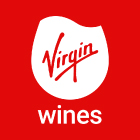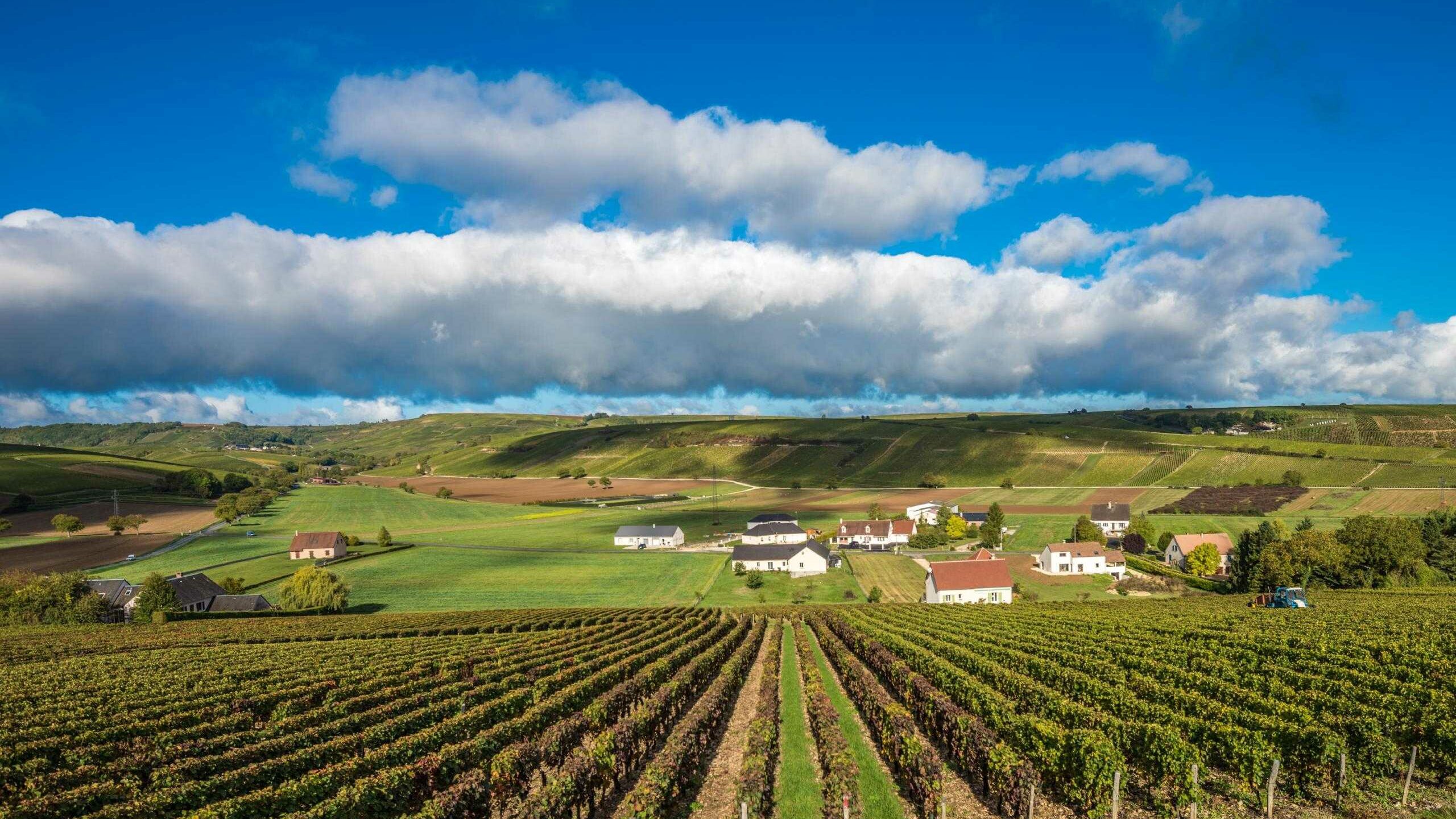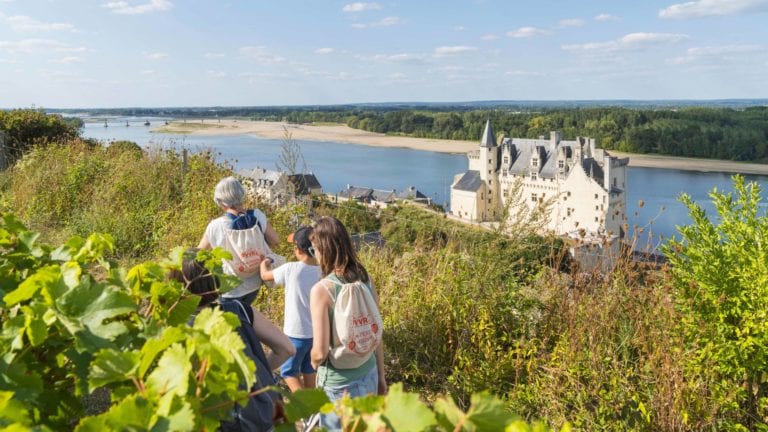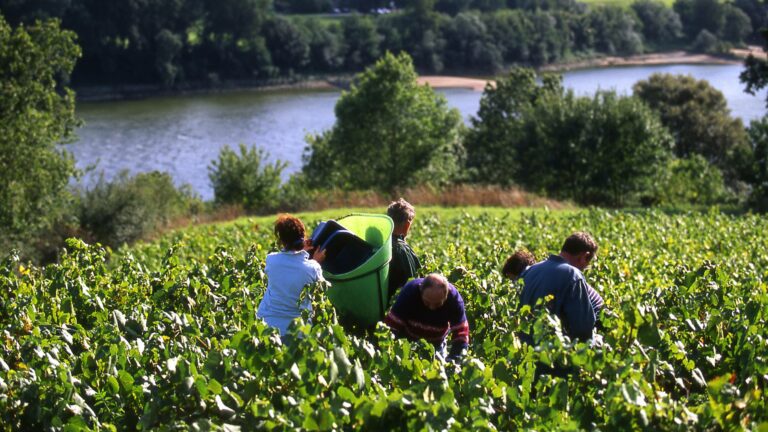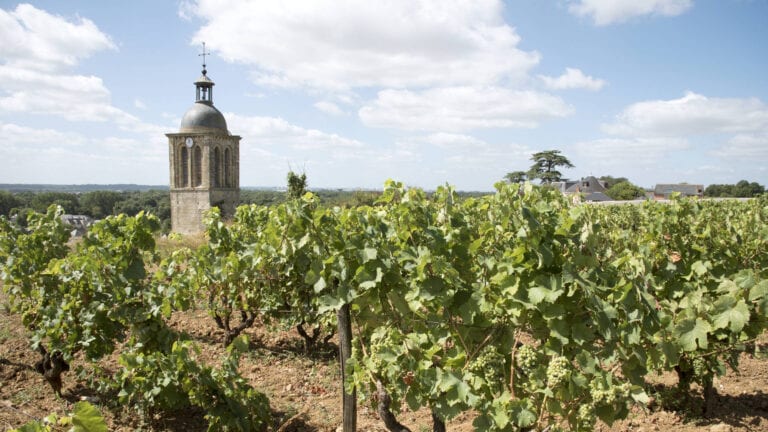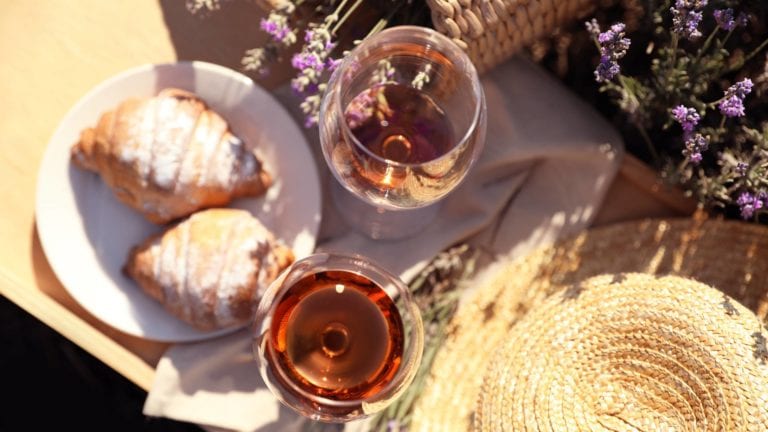There’s a wealth of variety of wine styles within France’s third biggest producing region, and some world class quality in each category of red, white, rosé, sparkling and sweet. Over the last year our Loire Buyer, Dave, has been tuning into the wines of the Loire Valley and now has a freshly revamped range to show off.
Climatically, the Loire Valley is about as diverse as a single wine region can be. The eponymous river is the longest in the country and its banks play host to a number of different landscapes, soil types and microclimates, providing a perfectly suited environment somewhere within its boundaries for red, white, rosé and sparkling wine, dry to sweet. And the Loire Valley’s producers exploit this wealth, evident in the vast array of wine styles across the region’s portfolio.
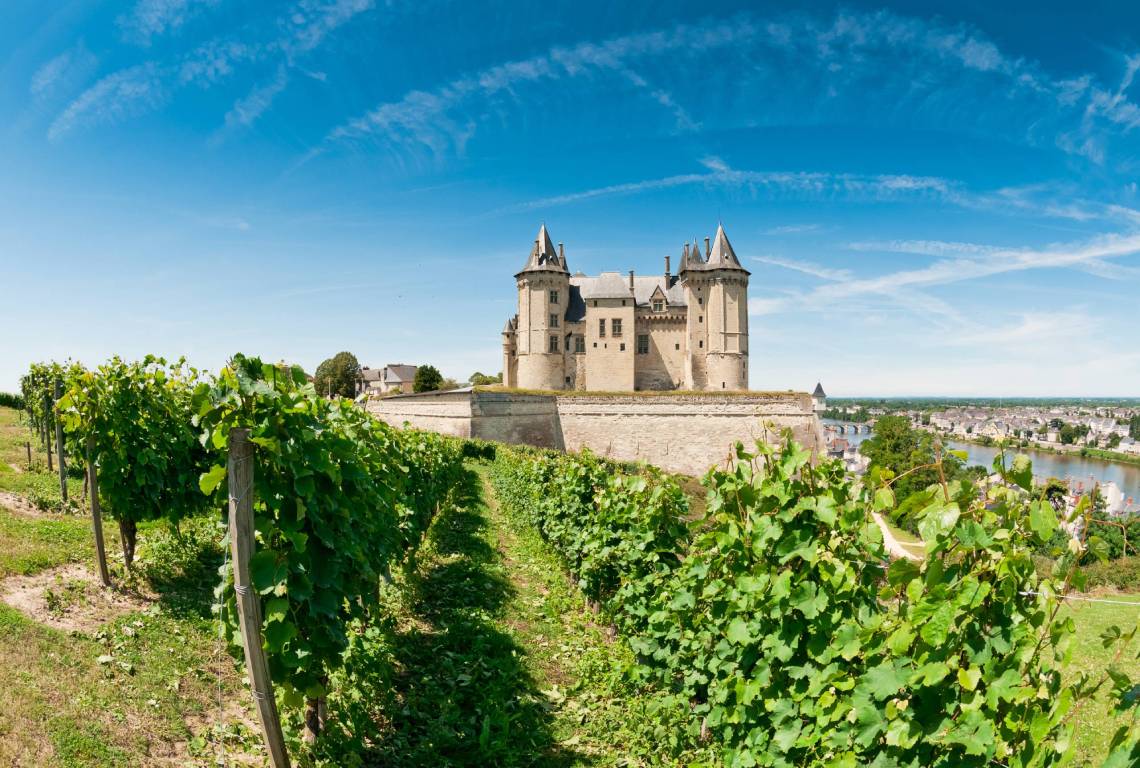
This wide range of styles lends itself to one of the most engaging aspects of wine buying – discovery. You could spend a lifetime ambling through the different wines of the Loire Valley, regularly surprising yourself at wines that you never knew existed, and styles that you never thought you’d enjoy. There is one character though that joins the dots of this complex wine landscape, and that is a mineral elegance, the modern approach to producing wine and a departure in style from the big, heavy-hitting and high-point-scoring wines that are starting to become ‘old news’.
Let’s zoom in and start that journey of discovery…
Muscadet
Muscadet is one of the better-known white wines of the region, and the employer of the most widely planted white grape variety – Melon de Bourgogne. Its most important appellation is Muscadet-Sèvre-et-Maine, which is the area most under vine in the Loire Valley. Its white wines get lots of character from its proximity to the Atlantic Ocean, often displaying a salinity in the wine that matches up perfectly with, surprise surprise, seafood. And you’ll often see the words ‘sur lie’ on the label, which means that the wine has spent time on the lees (yeast cells) to add to the complexity of flavour.
Anjou and Saumurois
A bit further inland, around the town of Angers, is Anjou, a region that really displays the variety that the Loire Valley can offer. Its microclimates range from Mediterranean, through to continental in sites furthest from the river. Soils vary hugely too, from limestone, to slate, to loam. Needless to say, this geological and climatic range allows for the production of various grape varieties and wine styles. Very slightly off-dry Rosé d’Anjou, mostly made from Grolleau, isn’t too uncommon here, but red AOC Anjou is a light and crisp red wine that continues to fly under the radar, and Coteaux du Layon is a small vineyard area on the steep slopes of the Layon tributary that is rich with sweet wine.
Savennières quite simply has the potential to produce truly world class Chenin Blanc. And it does, continuously. Lemon barley, honey, mineral notes and excellent acidity that balances with the intense fruit character. Some of its vineyards are set dramatically on the steep banks of the Loire, where the steepness exposes the vines to all of the weather, but protects them from the thunderstorms. Ideal.
This middle section of the Loire Valley is also the breeding ground of top class, traditional method sparkling wine – Crémant de Loire. It can be made in white and rosé and employ practically any of the local varieties (save Sauvignon Blanc, which expresses itself better as a still wine), although Chenin Blanc most commonly dominates the blend. It has a natural affinity with the ageing and lees contact process that’s a key part of traditional method bubbly, along with great natural acidity, particularly in this neck of the woods.
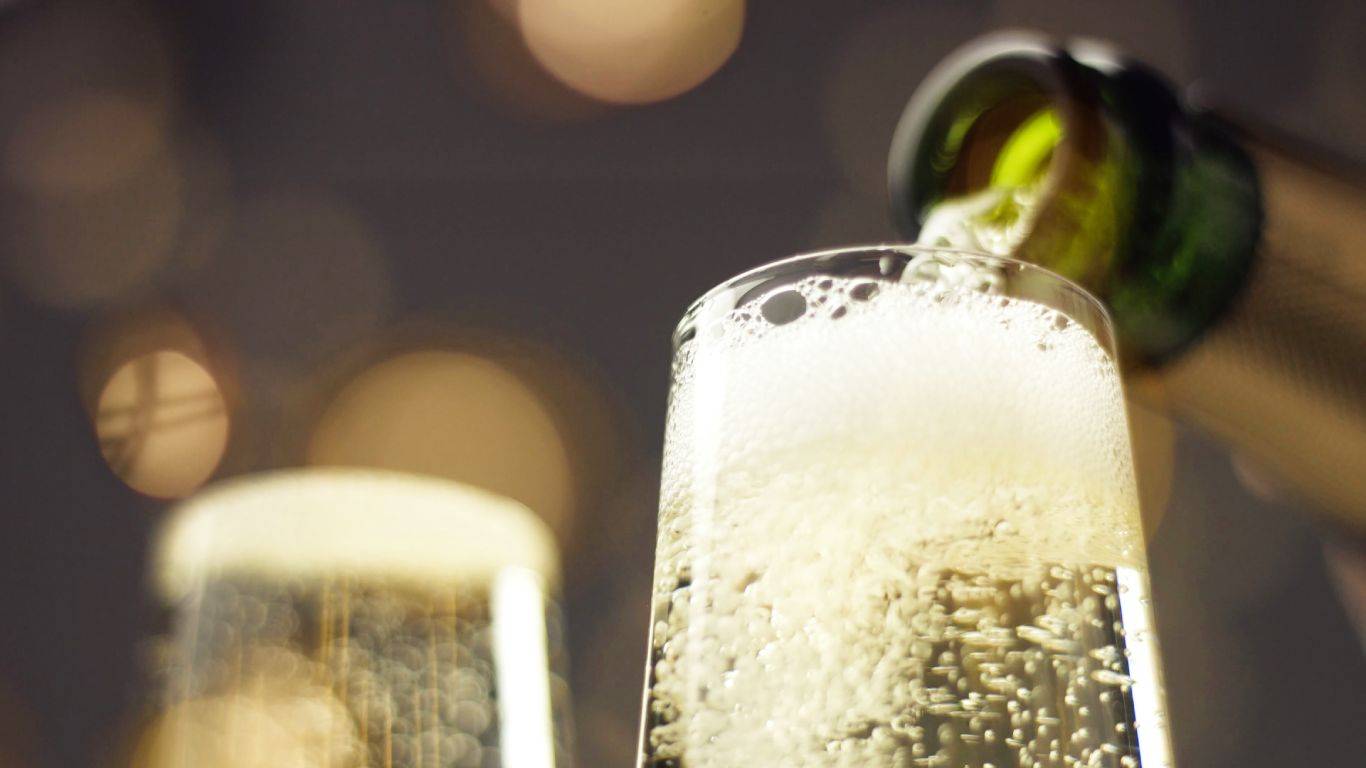
And then there’s Saumur. It produces slightly more red than white, mainly Cabernet Franc for reds, and Chenin Blanc for whites. Lots of the white grape production will go into Crémant de Loire or sparkling Saumur, incredibly good value sparkling wines. But the red from this sub-region is well worth the mention as it is so often overlooked. Saumur-Champigny, in particular, shows how fine Cabernet Franc can and should be with its solid black fruit and herbal profile, but with a mineral streak that gives it a certain elegance.
Touraine
Within this sub-region is Chinon, a great place to start if you’re looking for an example of how well the Loire Valley can produce red wine. Its production is around 85% red wine, and almost all of that is Cabernet Franc. Its environment is ideally suited for this underrated variety. Chinon also has the ability to produce this variety in a light and elegant style from the sandy plains, and a robust and powerful form from the chalky slopes. Both great in their own right.
Saint-Nicolas-de-Bourgueil is very much set up in the same way as Chinon, also favouring Cab Franc almost exclusively, and making a range of styles within. It has maybe a little more exposure to the river, which cools the area in the summer, but keeps it slightly warmer in the winter.
Touraine itself is another sub-region with a huge variety of soil types, allowing for a number of different grape varieties to flourish. Gamay and Cabernet Franc flourish, and even Malbec too, known here as ‘Cot’. Sauvignon Blanc dominates white wine production, making mouth-watering, citrus-led Touraine Sauvignon Blanc.
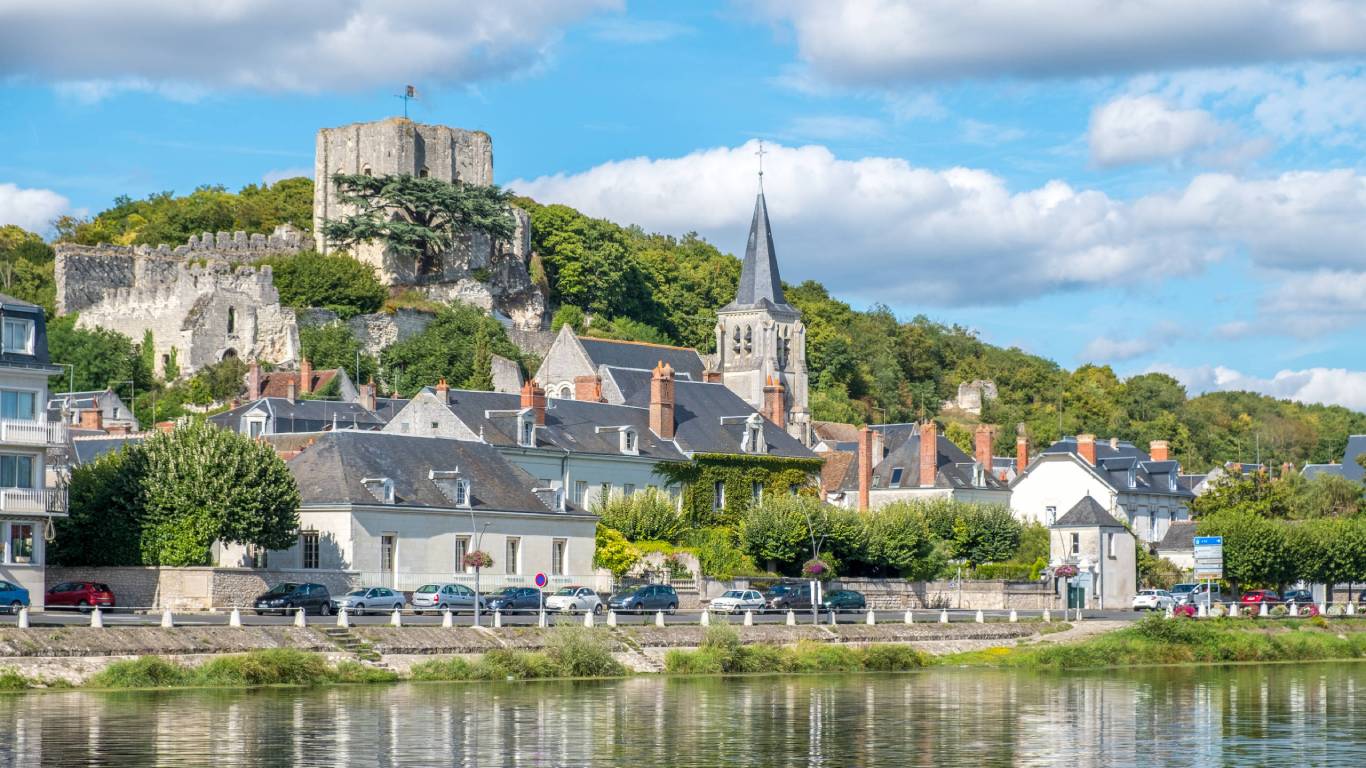
A few kilometres east on the right bank of the river is Vouvray. Its Chenin Blanc vineyards all lie on south-facing slopes getting extra exposure to the sun. Soils vary here from loam-over-silicate bedrock, to chalk-over-limestone, but all sites are able to give their world-famous white wines mineral notes and expressiveness. Four expressions to be exact: dry, off-dry, sweet and sparkling.
You can also find wines in the Loire Valley with incredible ageing potential. The northernmost sub region, Coteaux du Loir, boasts intense and bone dry Chenin Blanc grown on its limestone-rich, south-facing slopes that will age and develop in bottle for decades on a good vintage.
If you want to know more about this diverse region, check out the Loire section of our wine guide.
